2025 ACM Awards
We’re beyond thrilled to celebrate our incredible MAX artist partners who’ve secured nominations for the 2025 Academy of Country Music Awards—our...
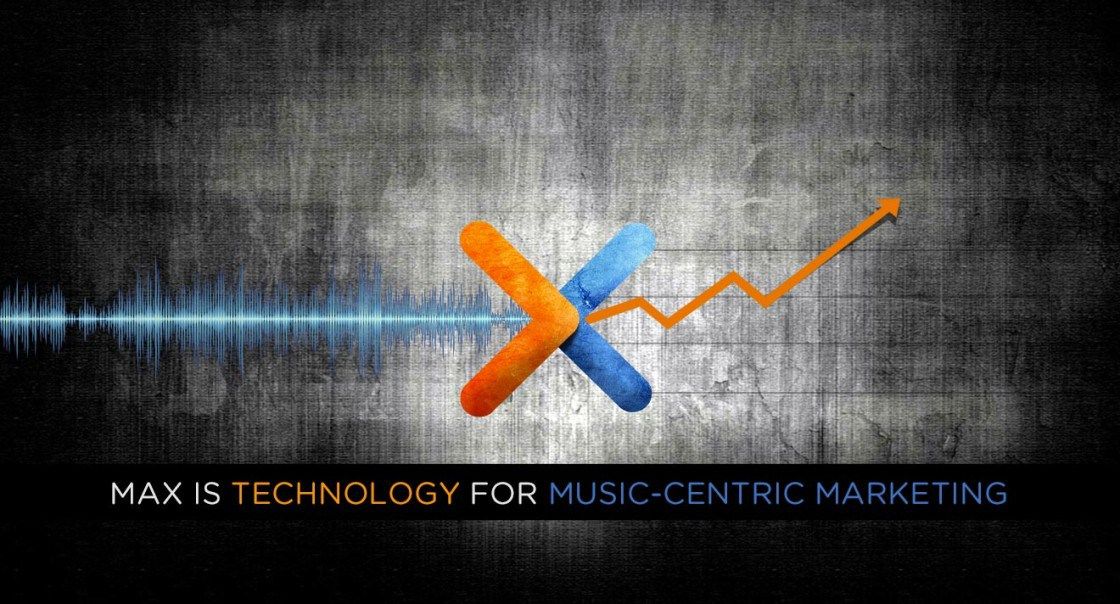
For a pioneering young company, it’s a warm fuzzy when a respected publication (covering what’s now and what’s next in social & business tech) posts a thought-piece that reconfirms your reason for existence. While happy clients is the #1 validation of our mission to unite engaging, music-centric brand promotion with performance-driven digital marketing, a recent article from Mashable entitled “Why Music Is an Effective Millennial Marketing Tool” is just another signal that we are playing in the right swimming pool. As Mashable so eloquently states, “Music is powerful because it is content, and it stimulates social interaction and drives loyalty”.
In addition to providing some thoughtful research in to the buying power of Millennials and consumer sentiment towards brands & music (“a customer attending a branded lives experience drives 65% of people to recommend the brand”), the post also makes the case that traditional FM radio still plays an important role in music discovery for the vast majority of passive, “lean-back” music fans (those not inclined to spend time and energy hunting down new music)…great for us, as radio is often a key part of our cross-channel strategy in seeding social content for our clients and artist partners.
But, I do have a minor quibble with Mashable on this one. I know that it’s cool and buzzy to talk Millennials, and that every aging and/or stale brand out there looking to stay relevant is thinking about authentic ways to connect with this demographic. Is music an effective way to reach Millennials? Absolutely. Do Millennials amplify the positive impact of an authentic brand association with music by being super-apt to share that content (and the brand message tied to that content) via social channels? Undoubtedly. But I would argue that regardless of demographic, music is an effective way for brands to connect emotionally with any target audience, as long as every member of that segment has a warm beating heart thumping away in their chest. Hell, music even touches the hairy souls of monkeys (although monkeys don’t have credit, so that’s not relevant for this discussion).
It’s not just Millennials who suffer from the sensory overload that’s endemic to living in today’s multi-screen, fast-twitch world. In 2000, the average attention span was 12 seconds. Fast forward to 2013, and the average attention span dropped to 8 seconds. To put this in context, the average attention span of a goldfish is 9 seconds. That’s right, your kid’s goldfish stands a better chance of finishing editing that slide deck without checking it’s phone then you do, provided you don’t flush it down the toilet first. Why? Well, Americans in particular are pummeled to a staggering degree by marketing messages. The per-capita consumption of advertising in America today is $376.62, compared with $16.87 in the rest of the world. With only 6% of the world’s population, America consumes 57% of the world’s advertising. Given the daily visual and aural assault on our senses, it’s absolutely mandatory that today’s lifestyle brands (think, any brand that you may genuinely “like” on Facebook) have a strategy to authentically engage and capture the attention of their target audiences.
This isn’t just my opinion: brands that are decidedly un-cool are also turning to music as a way to authentically relate to their consumer base. After all, whether you like The Beastie Boys, The Black Keys or Beethoven, there’s an audience profile that just about any brand can align with based upon listening tastes. AARP (which is as un-hip as a brand can be, unless we are talking broken hips) recently deployed a music branding strategy that included the sponsorship of a Tony Bennett tour and a web series that featured interviews with Ringo Starr. Lincoln – not exactly the Scion of the auto world – sponsored a live show featuring Beck performing a personal take on David Bowie’s “Sound and Vision” (by the way, it’s spectacular). On the other end of the demographic spectrum, Oreo made music a central component of their “Wonderfill” campaign, enlisting of-the-moment emerging artists to, among other things, record a delightful original campaign anthem.
What the Mashable article doesn’t cover is:
I’ll cover those topics (and more) in future posts . . . stay tuned, and keep listening!
Author: Justin Mink
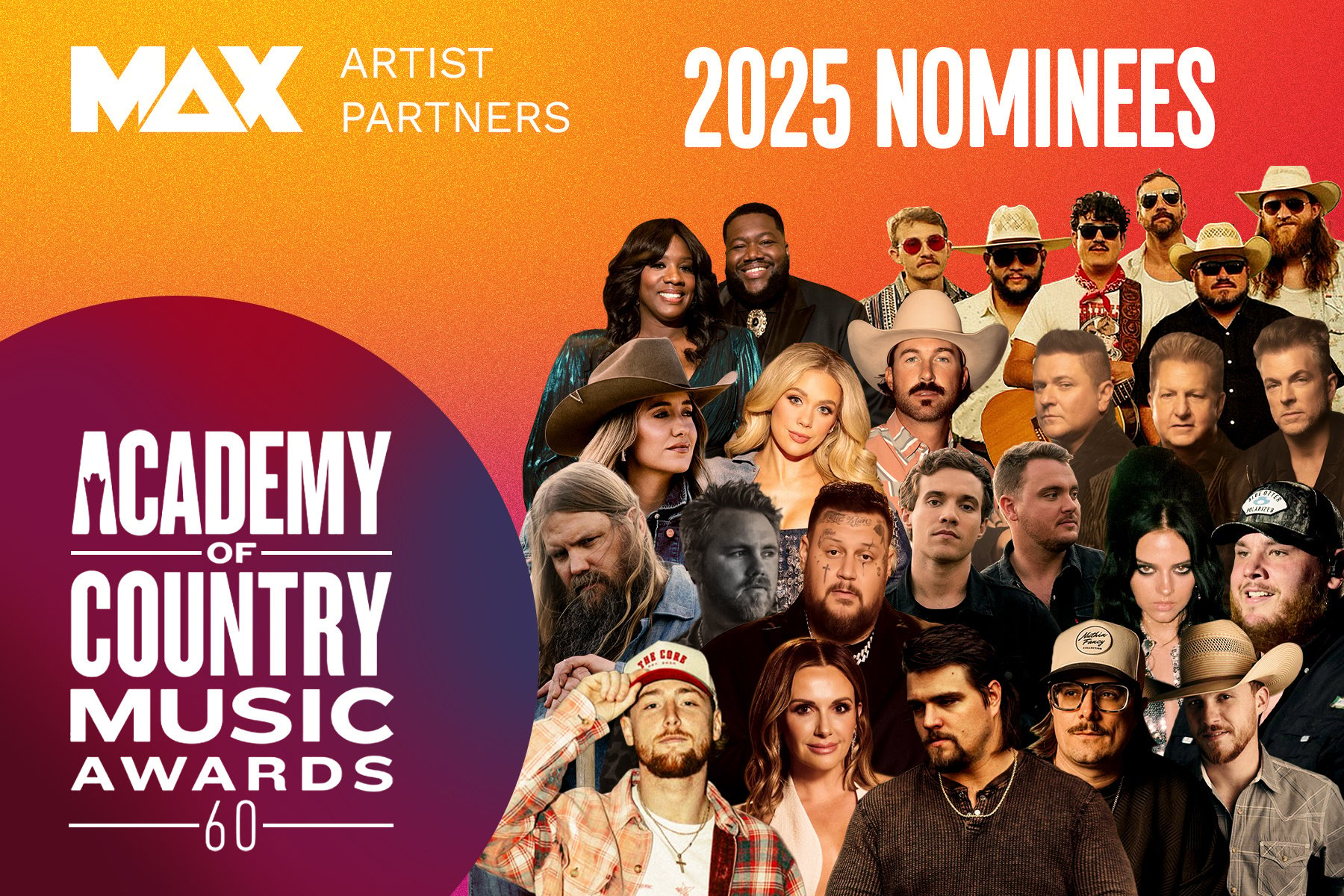
We’re beyond thrilled to celebrate our incredible MAX artist partners who’ve secured nominations for the 2025 Academy of Country Music Awards—our...
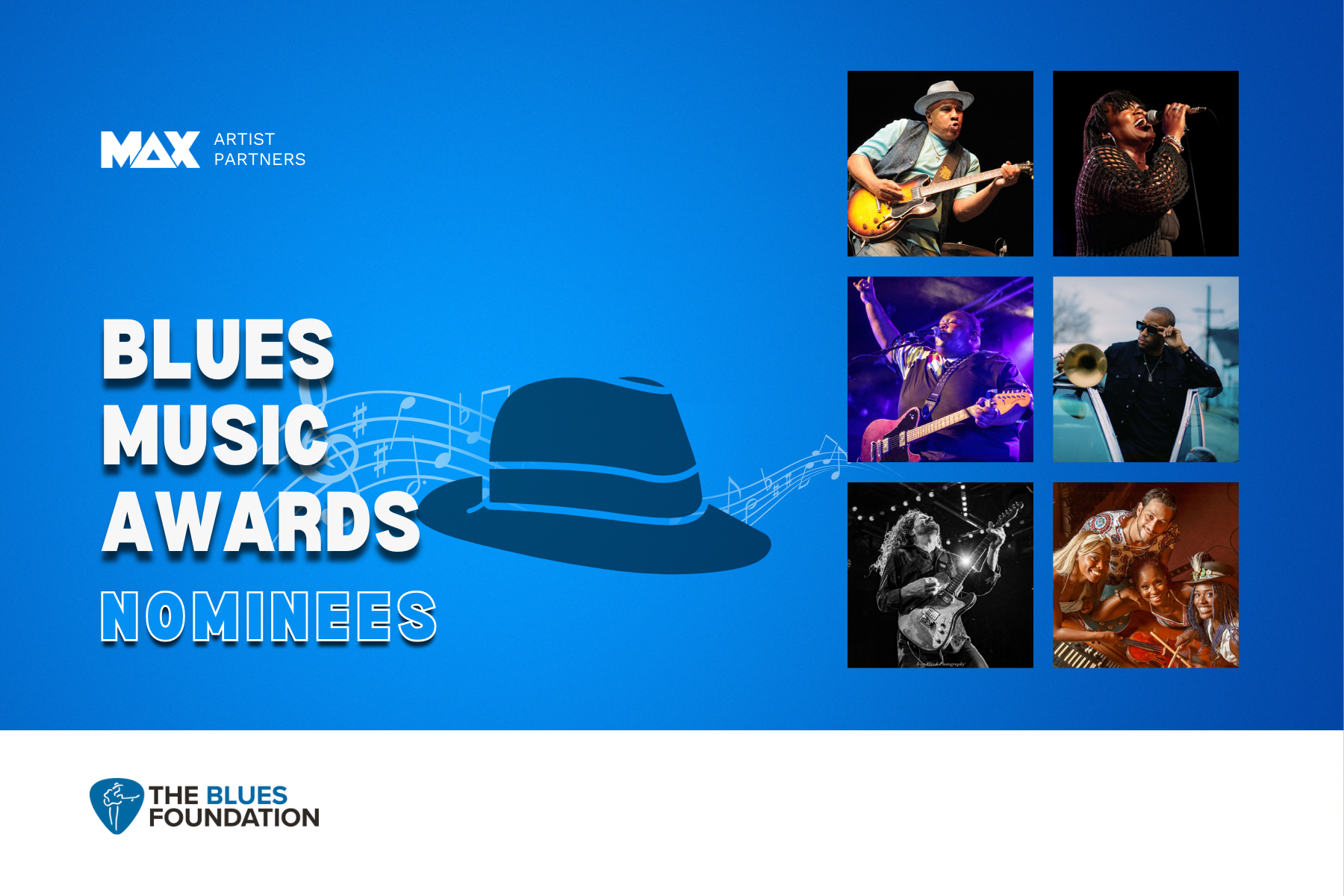
We’re fired up to celebrate our incredible artist partners who are nominated for the 2025 Blues Music Awards! 🎶🏆Blues music may be timeless, but...
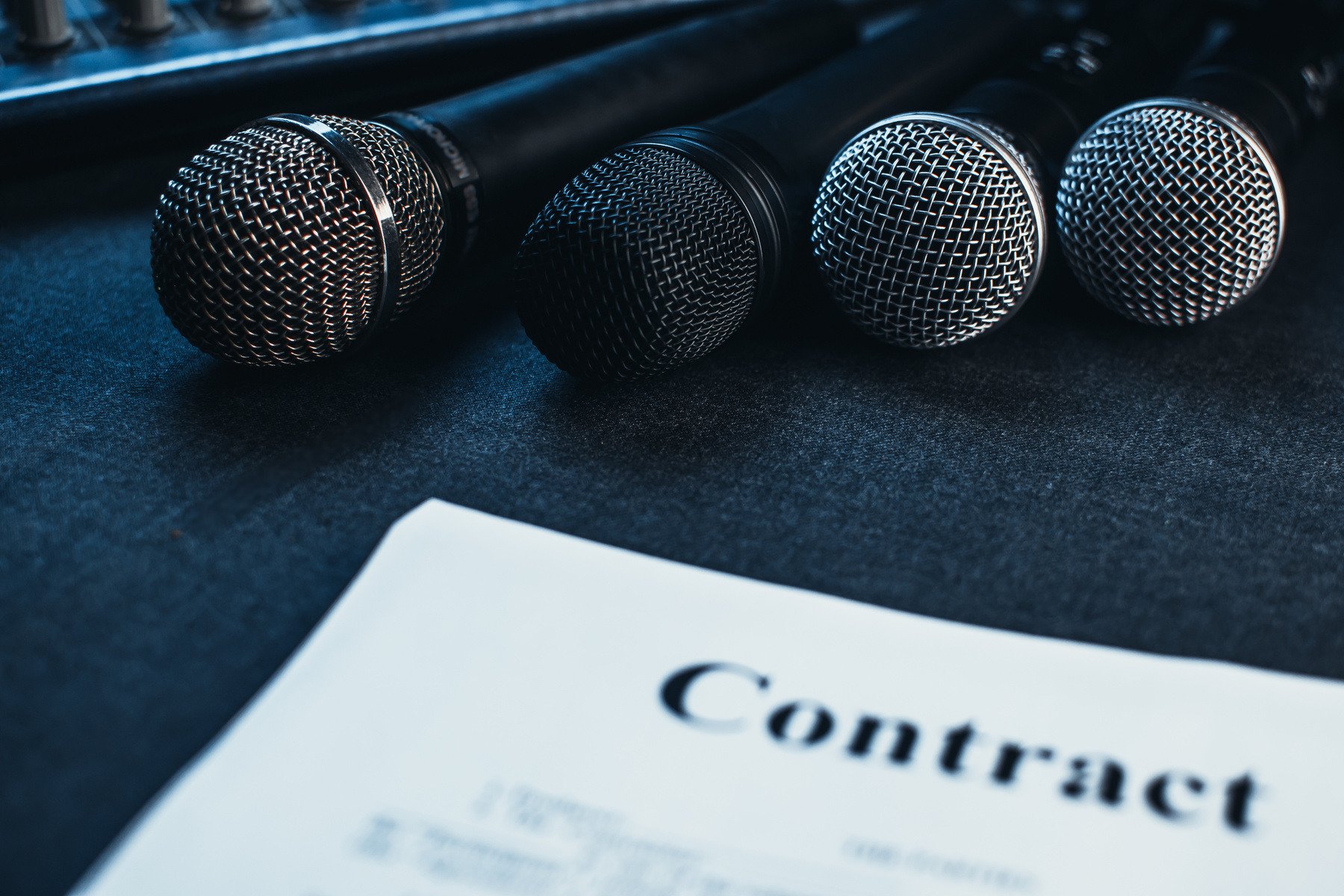
It’s a common question: what drives the cost of an artist partnership up (or down)? I mean, an artist’s fee can range from four to seven figures…and...
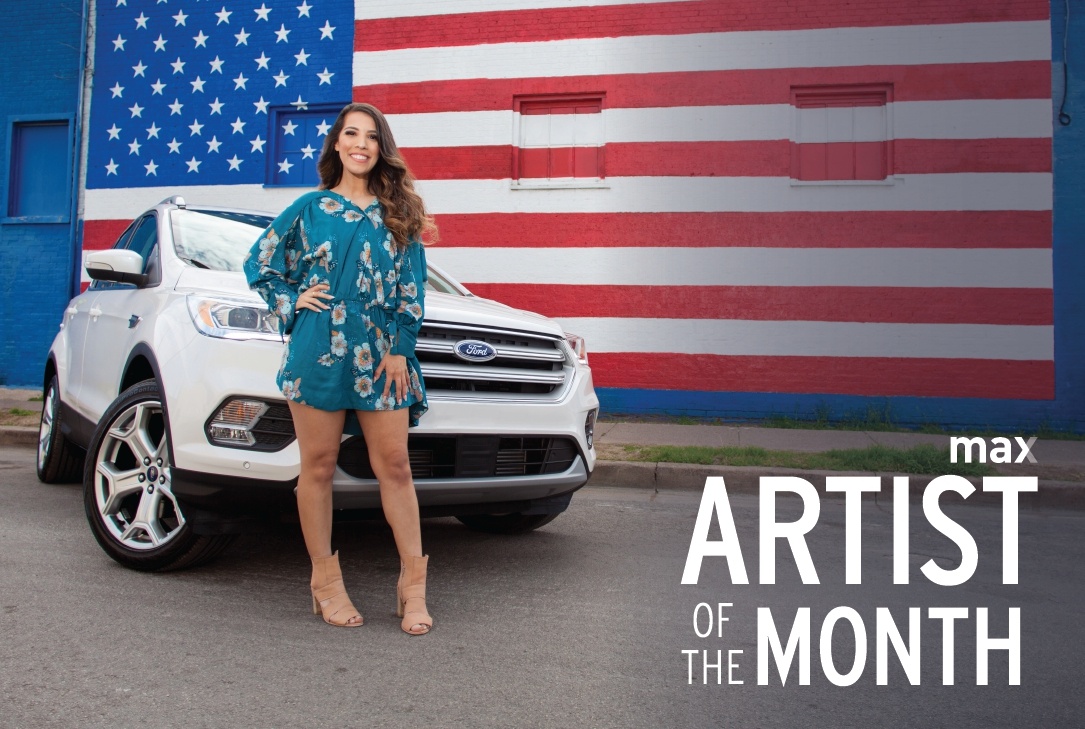
Ashliegh Lisset, an inspiring young Latina artist making her way through the country music scene, has partnered with Ford to share her story. As a...
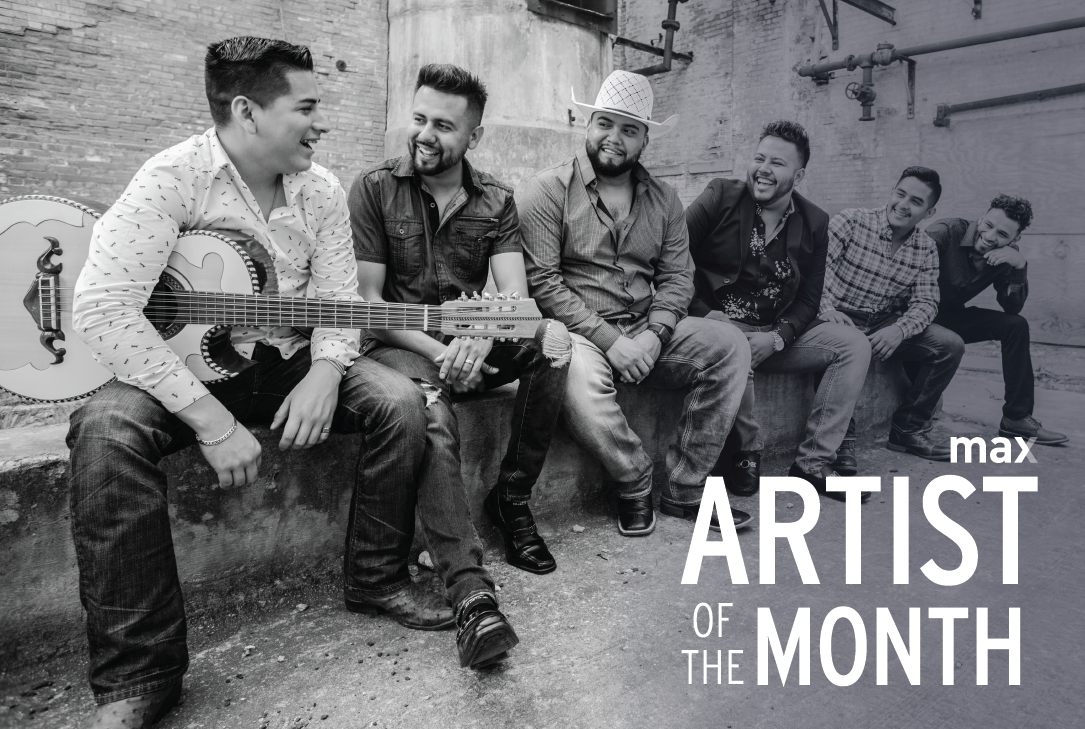
La Energía Norteña, a high energy Regional Mexican band, has partnered with Coors Light as part of their "My Climb. My Music." campaign in North...
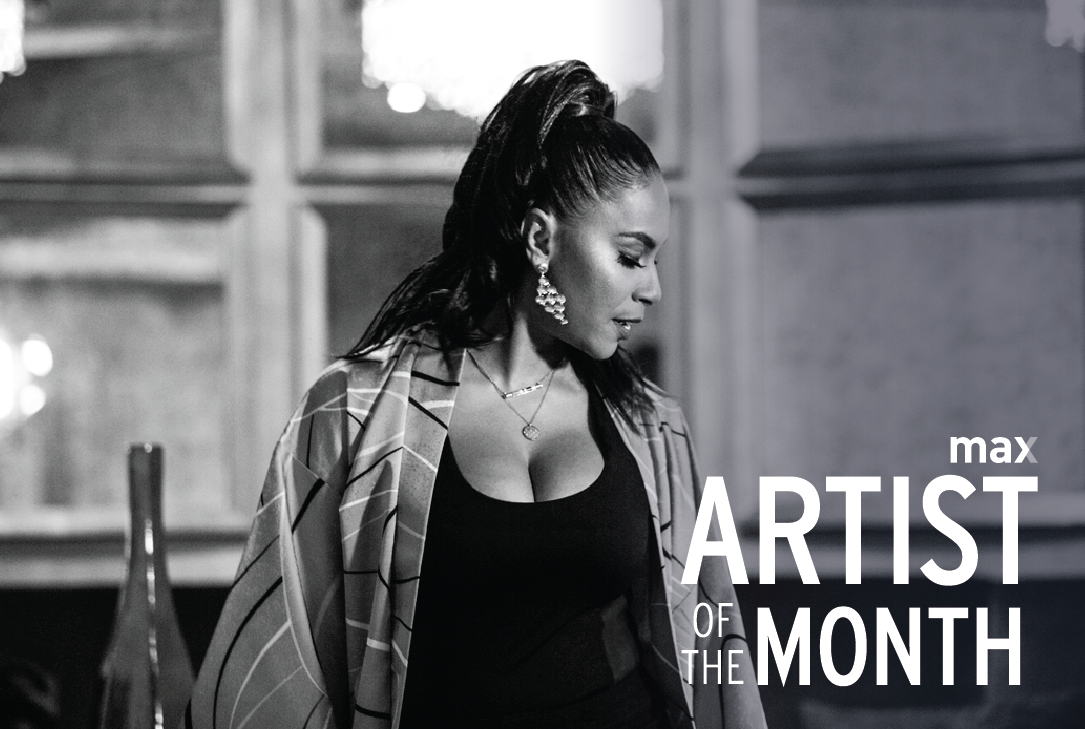
Teedra Moses, a contemporary R&B singer-songwriter, has partnered with Coors Light as part of their "My Climb. My Music." campaign. Born and raised...